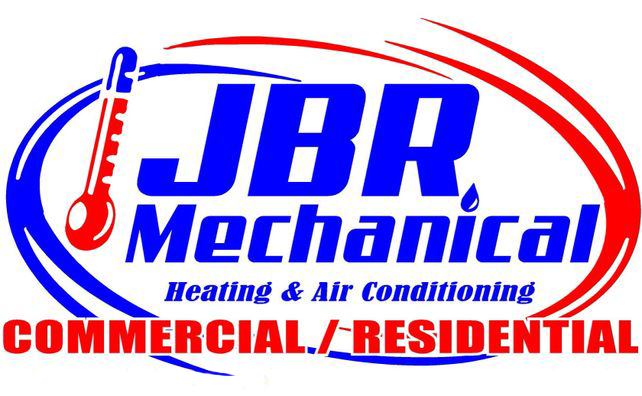
It's always nice when we manage to save money on our utility bills, but it turns out there’s a way to keep costs down, even when you're out of the house.
The key is your thermostat. By learning more about its special features and settings, you can tailor the temperature to your needs. You can create a number of automated temperature settings for when you’re home, away or even when you’re sleeping.
If you're willing to make these adjustments, you can enjoy comfy temperatures while also keeping more of your money. Check out our guide on how your thermostat can be a source of energy savings:
While at Home
Pretty much whenever you're home, you want comfortable temperatures. That’s why it’s best to set your thermostat lower in the summer if you're indoors to appreciate the cool air.
But the ideal temperature for when you're in your home during the summer is in fact anywhere between 78 and 80 degrees Fahrenheit. This way, you can stay cool while keeping your energy bill more manageable.
While Gone
If you're setting the temperature for a vacation or other trip away from the house, it’s advantageous to set the thermostat higher than you would if you were in the house.
For some homes, you can set the thermostat to higher temperatures like 88 degrees while no one is home and then lower it back to the sweet spot of 78-80 degrees when you or a family member return. This way, your air conditioning won't have to work constantly to provide cooling for a bunch of empty rooms.
While Sleeping
For a full night's rest during summer weather, you want your thermostat set at a comfortable temperature. A good rule of thumb is between 68-72 degrees Fahrenheit. There's less risk of getting too hot or too cold while you're trying to sleep.
Other Strategies for Lowering Energy Use:
- Smart thermostat installation: Trying a smart thermostat in the summer can lower energy costs by automatically adjusting to your lifestyle and home environment. It'll take care of making changes while you are home or sleeping, while allowing it to warm up when no one is home. With reliable brands like the Lennox iComfort, you have the ability to remotely access and change the temperature through your smartphone, tablet or laptop. Planning smart thermostat installation in your Bedford home can be the simplest strategy for maintaining comfortable, yet energy-efficient temperatures even when you aren’t home.
- Update your existing HVAC system: A high-efficiency HVAC system can save money in the long run. If a system boasts high energy efficiency, lower utility bills won't be far behind since it requires less energy to reach your preferred temperatures. Air conditioning installation in Bedford is a breeze for experienced professionals like JBR Mechanical.
- Schedule annual AC maintenance: Hiring a skilled professional to perform regular air conditioning maintenance in Bedford can have a significant impact on your utility bills. By regularly cleaning the coils, checking for damage and clearing ventilation of dust and debris, this can help your HVAC system perform better during day-to-day use.. Higher energy efficiency will also reduce strain on the unit and lowers operational costs, leading to lower energy usage, which translates into lower energy bills.
- Clean or replace the air filter on a regular basis: Regularly changing the air filters in your HVAC system saves money by keeping airflow as smooth and consistent as possible. When filters are old and less effective, air conditioners have to work harder, and this greater strain could shorten the system’s life span and result in breakdowns.
- Verify your attic has enough insulation: Insulation is one of the key components in any energy-efficient home, securing the hot air outside and the cool air inside through summer. The North American Insulation Manufacturers Association (NAIMA) recommends that homes in the southern United States should install at least 13-14 inches of insulation, while those in northern U.S. states should have 16-18 inches.
- Review your ductwork: A leak in the air ducts could increase your energy bills much more than 20 percent, plus it can affect equipment such as your water heater, clothes dryer and other appliances throughout your home. Finding any leaks fast and sealing them can fix both of those problems.
- Seal all other leaky spots in your home: Sealing up other leaks in your home with caulk, foam sealant or weather-stripping can help keep it cooler on hot summer days. It’s also important to check for any gaps around windows, doors and even outdoor fixtures. Devoting time and effort to sealing leaks now can help you save a lot in the long term.
